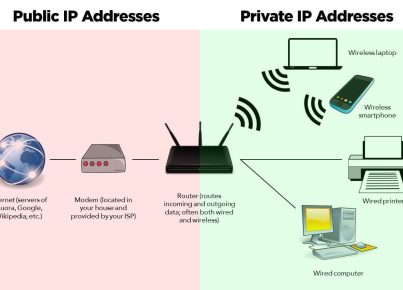As we approach 2025, optogenetics stands out as one of the most promising and revolutionary techniques in neuroscience. This innovative method, which allows researchers to control specific neurons using light, is poised to unlock new understandings of brain function and potentially revolutionize the treatment of neurological disorders.
The principle behind optogenetics is elegantly simple yet powerful. Genes coding for light-sensitive proteins (opsins) are introduced into specific neurons. These neurons can then be activated or inhibited by exposing them to light of a particular wavelength. This allows for unprecedented precision in controlling neural activity, far surpassing traditional electrical or chemical stimulation methods.
Recent advancements in optogenetics have focused on refining the technique for more nuanced control. By 2025, we expect to see the development of opsins with faster on/off kinetics, allowing for more precise temporal control of neural activity. Additionally, there’s ongoing work to expand the palette of available opsins, which would enable simultaneous control of multiple neural populations using different colors of light.
The applications of optogenetics in studying neural circuits and behavior are vast. Researchers are using this technique to map out the neural pathways involved in complex behaviors, emotions, and cognitive processes. By 2025, we may have a much clearer picture of how specific neural circuits contribute to phenomena like decision-making, memory formation, and even consciousness.
Perhaps the most exciting potential of optogenetics lies in its therapeutic applications. Clinical trials are already underway exploring the use of optogenetics to treat conditions like retinitis pigmentosa, a form of blindness. By 2025, we may see optogenetic therapies being developed for a range of neurological and psychiatric disorders, from Parkinson’s disease to depression.
However, the use of optogenetics in humans raises significant ethical considerations. The ability to control neural activity with such precision brings up questions about mental autonomy and the potential for misuse. As we move closer to human applications, robust ethical frameworks and safety protocols will need to be established.
Despite these challenges, the potential of optogenetics to revolutionize our understanding of the brain and treat previously intractable neurological conditions is immense. As we look towards 2025, optogenetics stands as a shining example of how cutting-edge technology can illuminate the mysteries of the mind and potentially transform lives.





